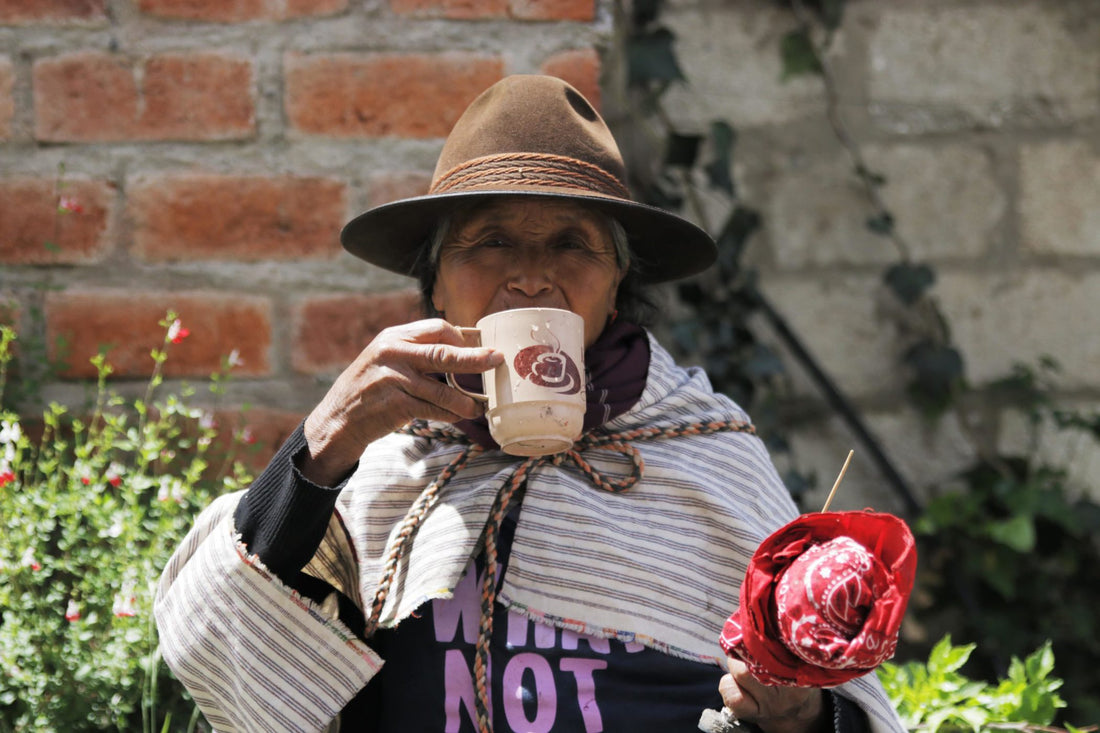In the last fifteen years, access to drinking water has become an increasingly central issue in Ecuador: up to 2007, in fact, all major water basins were polluted with toxic substances, and the shortage of water in a short distance led to the exploitation of resources. on the Ecuadorian coast, which led to the melting of 33% of glaciers of the country, including those around the Chimborazo.
In 2007 the government therefore decided to create a National Development Plan to reorganize the structures around the management of drinking water and try to make the country more sustainable. The plan also included the construction of several kilometers of integrated sewer systems to intercept wastewater.
According to this plan, by 2030 all the inhabitants of Ecuador will have equal access to drinking water and the necessary health facilities.
To date, 93% of the population has access to water, with an increase of almost 40 thousand people in 2019: this has led to an increase in the quality of school and administrative structures and a not insignificant social growth, with only 4% of people living below the poverty line, compared to 10% in the 1990s.
Furthermore, this push has also led to a rethinking in access to health care for women: While it used to be very difficult to find products such as tampons and pads, in recent years they have become much easier to buy even in more rural areas.
